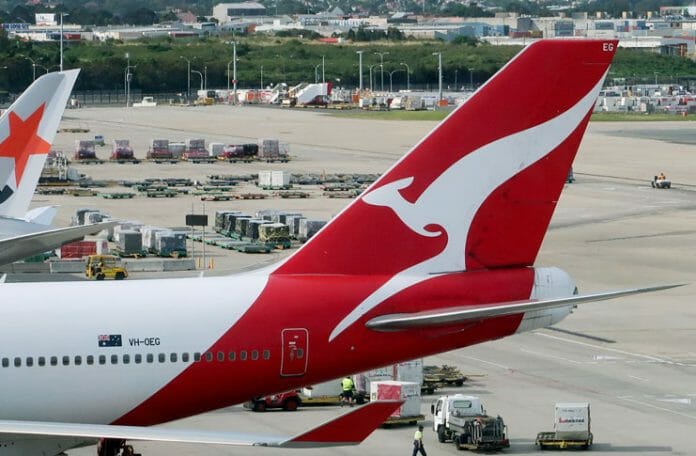
TravelingForMiles.com may receive commission from card issuers. Some or all of the card offers that appear on TravelingForMiles.com are from advertisers and may impact how and where card products appear on the site. TravelingForMiles.com does not include all card companies or all available card offers.
Some links to products and travel providers on this website will earn Traveling For Miles a commission which helps contribute to the running of the site – I’m very grateful to anyone who uses these links but their use is entirely optional. The compensation does not impact how and where products appear on this site and does not impact reviews that are published. For more details please see the advertising disclosure found at the bottom of every page.
Qantas launched the first non-stop flight between Australia and Europe when one of its first 787-9 Dreamliners took flight on the Perth – London route in March last year and with that Qantas opened up its first foray into ultra long-haul flights.
The Perth – London route is scheduled to take up to 17.5 hours and, in the lead up to the route launch Qantas showed a great deal of interest in the science behind the passenger experience on ultra long-haul flights.
The Australian carrier engaged the services of health & wellness researchers from the University of Sydney who were charged with working out how to help passengers have more comfortable flights and arrive in better shape than they do now.
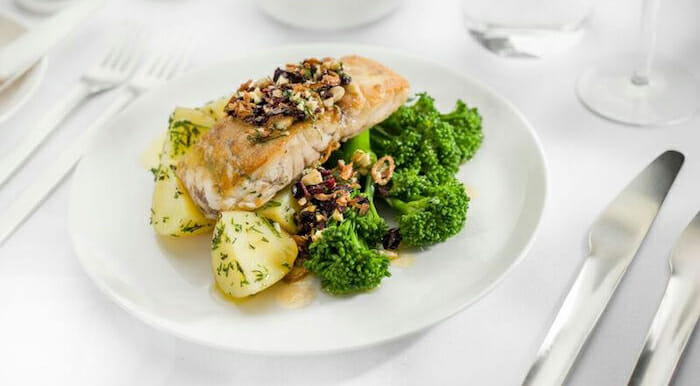
That research helped influence a number of decisions Qantas took with regards its longest flight (from what food to serve onboard to the facilities offered especially for its ultra long-haul flyers in its new Perth Transit lounge) and now the airline is considering more innovative ideas ahead of its plan to launch even longer flights from the Australian East Coast.
Qantas has been conducting focus groups and surveying passengers on the Perth – London route to get a feel for what people want and expect on an ultra long-haul flight and, according to the airline, “health and wellness are the top trends coming through all the research“.
I’m surprised that a request for a wider seat wasn’t top of most people’s lists (the Qantas Dreamliner only offers seats with a 17.2” width in the Economy Class cabin)…..or perhaps it was and Qantas has chosen not to share that bit of information.
Project Sunrise is what Qantas calls its work towards launching non-stop flights to Europe from Sydney in 2022 and the top five suggestions for this project, according to Qantas, are:
- Provide “sense of separation” experiences where passengers can be social but then “zone out” with either virtual reality relaxation zones, audio mindfulness experiences, or through the broader inflight entertainment.
- Spaces to do gentle exercise/stretches, promoting circulation and comfort.
- Wireless, noise cancelling headsets
- Innovative cabin designs across the entire aircraft, considering both seat and non-seat spaces to focus on a broad range of traveller needs including comfort, sleep, dining, entertainment and state of mind.
- An inflight cafe offering both alcoholic and non-alcoholic beverages including wine, fresh juices, herbal teas and tisanes and mocktails along with snacks including dips with vegetable sticks as well as “treat foods”.
Unsurprisingly, 4 of the 5 suggestions involve giving passengers more space and, considering Qantas hasn’t really felt the need to give passengers all that much more space on its current ultra long-haul route, I’m very doubtful that it’s about to start making room for exercise areas or in-flight cafes.

Qantas says that the next stage in its research will be to use new research from the University of Sydney and customer suggestions to “inspire Qantas Industrial Designer David Caon to create features for the interior cabin, as well as future lounge features further incorporating health and wellness initiatives“.
David Canon is quoted as saying:
Customers are sharing some incredibly imaginative ideas, which is an exciting challenge and helps us to think outside of the box to redefine the ultra-long-haul experience.
Bringing some of these concepts to life will involve an entire rethink around how to be clever about use of all cabin space and what is practically possible but it may well involve incorporating design elements never before seen on commercial aircraft
The key word to focus on in that last paragraph is “may”.
Qantas “may well” incorporate some new design elements in whatever aircraft it chooses to use to fly between Sydney and London but I’m more than a little sceptical that we’ll see anything more than a few small changes to what ultra long-haul flights already offer.
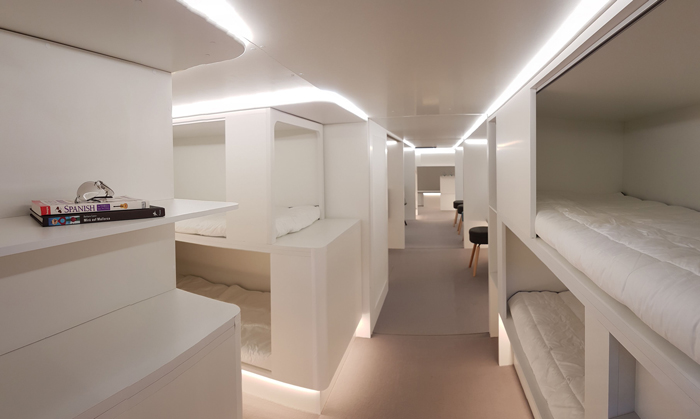
In the past, Alan Joyce (Qantas CEO) has suggested that areas of aircraft that would ordinarily be set aside for freight could be used as exercise areas or perhaps even berths for people to sleep in…..but this is what we always hear from airline CEOs when longer routes are being discussed and when new aircraft are in the works.
Bottom Line
When the A380 was in development everything from sleeping decks to gyms and movie theatres were suggested as viable options for the amenities onboard and no one of those has come to fruition….and they never will.
Ultimately the space on the aircraft is there to make money for the airlines and amenities like exercise areas and cafes aren’t an efficient use of space.
In a world where an airline passenger’s personal space seems to be getting smaller every year the idea that an airline will break free from the crowd and suddenly reverse course is pie in the sky thinking.

Qantas itself gives away the game when it says that “customer feedback from the Perth to London flight has exceeded expectations, especially in relation to the time saved by skipping the traditional stopover and going direct to their destination”
If that’s actually true then where’s the incentive to offer more on the flights out of Sydney than is already offered on the flight out of Perth?
If customers are prepared to do without decent seat width, without exercise areas and without cafes onboard a 17.5 hour flight then do we really think they’ll shun a 22 hour flight that doesn’t offer these comforts?
Unlikely.
Until airlines actually see passengers actively booking away from ultra long-haul flights they have little or no incentive to be truly innovative (and by that I mean do more than tweak the menu and the cabin lighting).
Qantas is talking a good game but I’ll be amazed if it introduces anything remotely groundbreaking when it reveals the design of the aircraft it will use for its non-stop European flights out of Sydney….it just doesn’t appear to make financial sense.

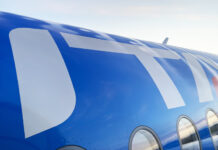
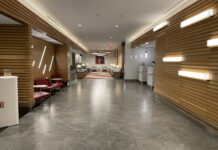
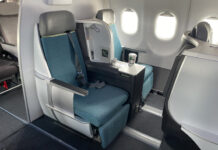
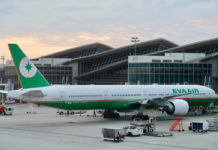
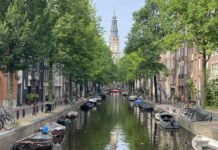
![Earn 17,500 bonus Amex points with select ITA Airways bookings [Targeted] a row of seats in an airplane](https://travelingformiles.com/wp-content/uploads/2023/10/ita-a330-900neo-business-class-741-1-218x150.jpg)
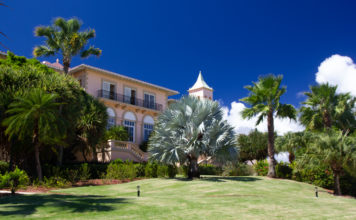
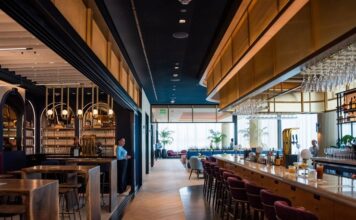








[…] a Yoga studio in its Transit Lounge in Perth and has just recently been talking about how the passengers it has been surveying on ultra long-haul flights have been suggesting virtual reality rel… as amenities they’d like to see onboard, so it looks like Cathay is up to speed with what […]